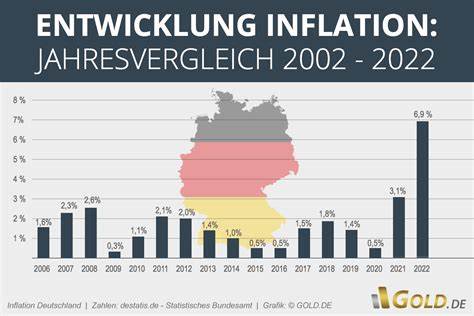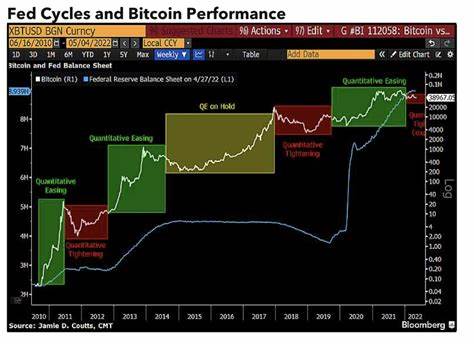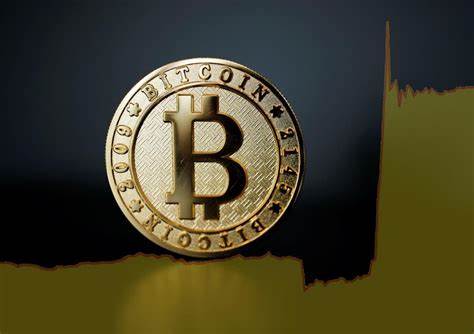In September 2022, Ethereum ushered in a revolutionary feature that altered the landscape of transaction processes on its network. This transformative development came in the form of Ethereum gas fees, a mechanism that ensures the smooth execution of transactions by incentivizing miners responsible for processing and validating these interactions. However, as the realm of Ethereum transactions evolved to encompass more intricate and frequent exchanges over time, another vital policy emerged – that of gas fee refunds. Picture this: you initiate a transaction on the Ethereum network, and halfway through, the unexpected happens. Your attempt at carrying out an operation comes to an abrupt halt due to an insufficient gas price set for the transaction.
All seems lost, doesn't it? Well, hold your horses because there's still hope in the form of Ethereum gas fee refunds. But what exactly are Ethereum gas fee refunds, and how can one go about securing them? Let's delve deeper into this intriguing facet of the Ethereum ecosystem. Essentially, a gas fee refund represents a rebate generated when the gas fee allocated for an Ethereum transaction remains unused. It's akin to receiving a refund when your flight gets canceled or a booking fails to materialize – a silver lining amidst the disappointment. This refund mechanism kicks in when a user encounters an "out of gas" error during a transaction, signifying that the gas price set was inadequate to complete the exchange.
In such cases, the transaction gets canceled, and a refund is initiated for the user, saving them from a potential loss. The significance of gas fee refunds catapulted to the forefront with the surge in popularity of DeFi (Decentralized Finance) applications among Ethereum users. With the proliferation of these DeFi platforms, transactions surged in frequency, necessitating hefty gas charges for executing complex smart contracts. In scenarios like these, users naturally expect a safety net to recoup their unused gas fees, and the concept of gas fee refunds stepped in seamlessly to address this need. Before the advent of gas refunds on Ethereum, users grappled with the looming threat of fund losses in the event of transaction failures.
The Ethereum network mandates a certain gas threshold to finalize a transaction, meaning that even in the face of a failed transaction, gas consumption ensued, tilting the scales against the user. In a bid to tackle this conundrum, the notion of Ethereum gas refunds was introduced during a hard fork dubbed Byzantium in October 2017. In essence, Ethereum gas refunds guarantee reimbursement to users following an incomplete or failed transaction. Typically, gas refunds are calculated based on the variance between the actual gas limit and the gas utilized in a transaction. Should a user employ less gas than the stipulated amount, the surplus gas is credited back to the user's account – a comforting prospect in an otherwise disappointing situation.
The ramifications of gas refunds reverberate across the blockchain domain, with the value of these refunds escalating alongside the growth of the Ethereum ecosystem. As the network expands, gas refunds play a pivotal role in fortifying and enhancing the Ethereum network's functionality in the years to come. So, how does one go about availing themselves of Ethereum gas fee refunds? The key lies in leveraging the refund potential inherent in the Ethereum ecosystem. By setting a lower gas price and securing inclusion in a block with a reduced gas limit, users stand to gain a substantial refund sum. However, Ethereum imposes a definite Transactions Per Second (TPS) limitation, compelling miners to prioritize transactions.
A higher gas fee heightens the chances of a miner processing the transaction promptly. Balancing these factors is crucial to optimize benefits effectively. Capitalizing on the refund amount allows users to mitigate costs in more elaborate transactions or smart contracts. This rings particularly true in the realm of DeFi applications where exorbitant gas fees are the norm. By harnessing gas refunds to offset additional expenses, users can explore diverse facets of the Ethereum ecosystem and unlock new avenues for engagement.
Gas fee refunds essentially serve as a boon for users within the Ethereum network, safeguarding their funds in unfavorable predicaments. Let's unpack the myriad benefits that gas refunds offer to users navigating the Ethereum network. Firstly, gas refunds furnish users with full or substantial reimbursements in the event of a canceled or failed transaction, preventing undue losses from accruing in their accounts until a successful transaction materializes. This safety net ensures financial security and peace of mind for users during transactions. Moreover, gas refunds inject transparency into transactions, affording users a clear view of fund utilization.
With refunds in place, users can track the flow of their funds, understand the dynamics of transaction cancellations, and foster trust with the network – a crucial element underpinning Ethereum's success. Gas refunds also play a pivotal role in mitigating congestion triggered by failed transactions, freeing up network space for seamless user interactions. By swiftly channeling refunds back to users, the network operates efficiently, enhancing user experience and bolstering Ethereum's operational efficacy. Lastly, gas refunds revolutionize the overall user experience within the Ethereum network, assuaging concerns related to incomplete or failed transactions. The assurance of funds returning to users' accounts in the face of transaction cancellations eliminates apprehensions about potential financial losses or scams, instilling confidence in users to navigate the network seamlessly and engendering a positive user experience.
In conclusion, gas fee refunds on Ethereum stand as a mutually beneficial facet for both developers and users alike. However, users mustn't overlook the fact that while gas refunds offer an invaluable lifeline, it's not an entirely cost-free proposition. The evolving nature of the refund policy may introduce tweaks or even lead to its eventual phasing out, contingent upon the ecosystem's responses and developments. The advent of Ethereum gas fee refunds heralds a new dawn in transaction integrity and user experience within the Ethereum network, paving the way for a more streamlined and user-centric blockchain ecosystem. Stay tuned for more updates on Ethereum gas fees and refund mechanisms, as we navigate the ever-evolving terrain of blockchain technology and decentralized finance on the Ethereum network.
The world of crypto holds endless possibilities – and Ethereum gas fee refunds are just the beginning of a transformative journey towards a more seamless and secure financial ecosystem.









